In the Bharatanatyam world, she is known to be a powerful voice of dissent, asking tough questions and taking a critical look at the dance form and its problematic history. Nrithya Pillai, the 33-year-old Bharatanatyam artist and teacher, is connected to the dance form by a prestigious lineage of artistes, dancers, and teachers.
Her late grandfather Guru Swamimalai K. Rajarathnam Pillai was an acclaimed teacher(nattuvanar). She belongs to the Isaivellalar caste, the hereditary dancing community who were practitioners of the “Sadir” – “Bharatanatyam” traditions. (Both terms were used by hereditary practitioners throughout the nineteenth century.)
During the reform debates and the ensuing abolition of the devadasi system (1947), the women from the hereditary dancing community began to be problematically referred to by the blanket sanskrit term “devadasi”. One of Nrithya Pillai’s very important interventions is to point out the instability and the problems of the usage of the term especially in the present discourse on Bharatanatyam as it re-inscribes trauma for young women from these caste locations.
The reform and reinvention by brahmins like Rukmini Devi criminalised and completely alienated hereditary dancing women from the practice of Sadir-Bharatanatyam, leading to their marginalisation and disenfranchisement. Nrithya Pillai is one of the select few artists from this caste location who continue to practice Bharatanatyam. With this interview, we get to see Bharatanatyam through Nrithya’s eyes and get a nuanced understanding of its social and political complexities and its evolution over the years. Since art is political, Nrithya is a force to be reckoned with, as she finds her space, claims her identity and position, while speaking her truth and representing her ancestors in the contemporary Bharatanatyam scene.
Also read: Enjoy Enjaami: Deconstructing The Politics Behind Arivu & Dhee’s Latest
- Would you like to share a little something about yourself, your craft and what inspires you to do what you do?
Nrithya Pillai: I identify as a 21st century progressive, modern woman who has an association with the artform of Bharatanatyam through a prestigious lineage of performers and teachers. I find myself responding to my innate need for making this artform less problematic and to practice a version of it that is inclusive and representative of its problematic past, erased histories, and forgotten aesthetics. To speak for my ancestors who were denied a voice, thanks to the power equations that existed at the time and how history itself treated them.
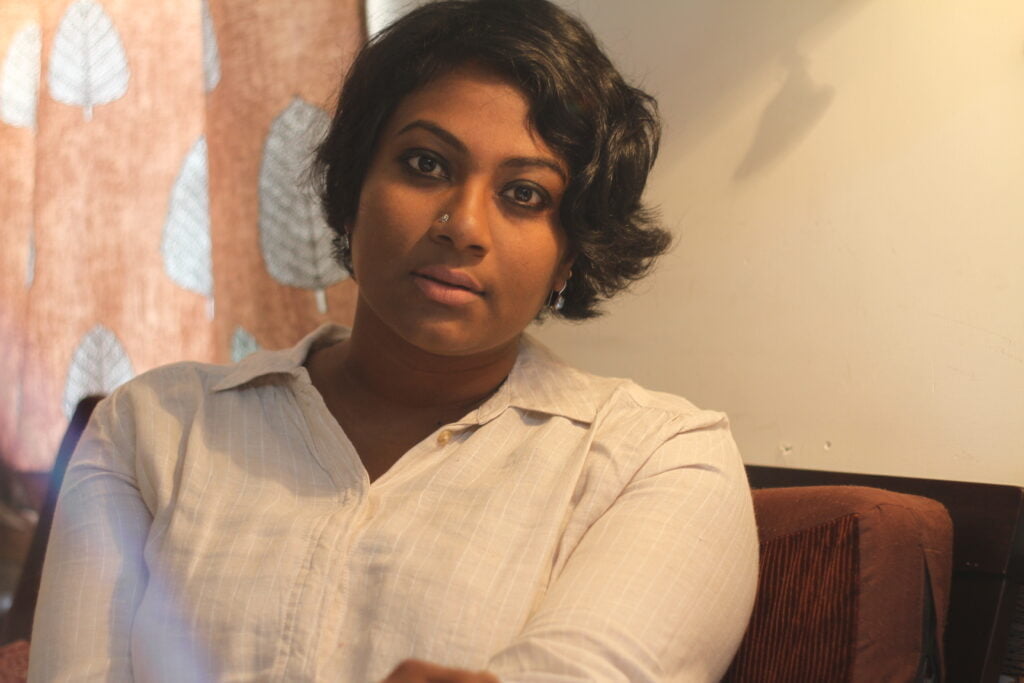
When I think of my art, it is rooted in the politics of caste and class, because as a Bharatanatyam dancer, I was historically deprived of the privileges that a typical savarna Bharatanatyam dancer would enjoy, despite the fact that my own mother and grandfather were accomplished teachers. I felt the intense oppressive nature of othering that plagued my people, both within and outside the family.
An important factor here is my physical body and its diversion from the accepted norms of what a Bharatanatyam body needed to look like. The notion of caste seeped into everything, including the body and as a ‘plus sized’ child with a darker complexion, I felt it on a psychological level. I believe the body carries all of it when we dance or indulge in any artform. When you use your body, your caste and the intergenerational trauma that you carry within comes through and that aesthetic wasn’t appreciated at the time.
The accepted aesthetic changed when teachers from the hereditary dancing community started teaching savarna, predominantly Brahmin women. They themselves started believing that certain kind of features and aesthetic were required to perform. It was common for teaching men from the community to insist upon that kind of beauty or to push away women like me. The exclusion of bodies and rejection is something that I have experienced throughout the course of my career. Rejection of body, of history, of aesthetic, of our truth. Speaking of critical dance history is not a career, but a survival methodology for me.
The accepted aesthetic changed when teachers from the hereditary dancing community started teaching savarna, predominantly Brahmin women. They themselves started believing that certain kind of features and aesthetic were required to perform, says Nrithya Pillai.
- You mentioned that you faced rejection on the basis of your aesthetic and your body. As a young woman, it must have affected you on a personal level. How did you deal with it?
Nrithya Pillai: As a child, I was deeply affected by the palpable discrimination on the basis of caste, body and complexion whenever I was in a brahmanic space, especially because my grandfather was a well-known guru and the fact that I could never perform on the stage wherein it seemed like others could pierce through my psyche. My mother was doing 10 to 20 arangetrams (initiations or dance debut performance) for others, but I could never have one. We would not have dance costumes. It was beyond class, because we were an educated lot. When I told my grandmother that I wished to be a dancer, she said, “We can’t push you in that spoilt well. It’s a definite death.”
Luckily for me, I could dance, but I was always made to stand at the back and would not be given a debut performance. My own community and family started believing that there were certain things that we simply could not do. Limiting beliefs governed our choices. The experience of an arranged caste endogamous marriage at the age of 19 and then not being able to sustain in that environment also resulted in a lot of trauma for me. I do believe I became a stronger person, a fighter, but I would be wrong if I said it hasn’t impacted who I am today.
- You often talk about the troubled history of Bharatanatyam in the Indian subcontinent and how its roots and history have been erased and redefined. Can you help us understand better the inherent problems that lie in the prevailing narrative of this dance form?
Nrithya Pillai: The savarna history dictates that this art was practised by the women from the hereditary dancing community, known at the time as devadasis. The savarna narrative focuses on the temple narrative, in that the devadasis were dedicated to temples. So, they called them the temple dancers, which is in itself slightly problematic.
Historically, this was a feudal setup. The dancers were marked through the process of pottu kattudal or tying of the pottu on the head, akin to mangalsutra, but I’d refrain from calling it a marriage to the god. It was more of a marking ceremony after which the chosen women who had music and dance capabilities were marked for life as a courtesan. The marking allowed them a life that was far different than the lives led by women at the time. They could have alliances with powerful men, were given maanyams or land as part of the feudal setup, could perform in sabhas and in public, and had the right to land. This is not to say that there wasn’t marginalisation: there were hierarchies within the community as well: some women were higher up than other and some at the lowest level where there was threat of sex work.
The Brahmanic revivalism focused on the socially engineered notion of reducing these women to the word prostitute. Bharatanatyamis appropriated from a Bahujan caste now, presently called the Isai Vellalar. The politics, social realities and repercussions of belonging to this particular caste are very different from those of Dalit communities that have dedication practices, although unfortunately they are all glossed over by the term Devadasi. This is the specific kind of oppression that women from hereditary dancing community face today: this association and stigma attached to the word devadasi, of being identified as coming from the lineage of prostitutes.
It’s important to mention here that women at the time were living in very patriarchal spaces – including caste-endogamous marriages, child bearing and being deprived of the basic freedoms. The reform stripped women off their land and money and dignity, and took away their art and means of livelihood by making it illegal for them to perform while the men kept teaching and finding patronage.
The women went back to the clutches of caste endogamous marriages where they had to overcompensate for their identities and were compelled to be extra feminine and motherly (and ‘homely’). Most of the brahmin reformists like E. Krishna Iyer and Rukmini Devi asserted that this artform needs to protected and put in the hands of ‘respectable’ women. This was about casteist exclusion, euphemistically called a program to democratise the dance form.
I’d like to ask where are the Dalit/Bahujan dancers practising this artform? And because the space is mostly in the hands of Brahmanic revivalists, including the patrons, the sabhas, the blogs, the famous figures, it is easy for them to co-opt people from these communities because we still live in brahmanic spaces. A nuanced understanding of the history is much needed.
Also read: RLV Ramakrishnan’s Case Shows The Rampant Casteism in Classical Performing Arts
When did you first realise the glaring issues with this narrative and what impact did it have on you as a woman from the hereditary dancing community and an artist-performer?
Nrithya Pillai: A lot of it had to do with aesthetics, the erasure of the old and the acceptance and normalisation of the new. The aesthetic that the hereditary dancing community had was subjugated as wrong, quaint, nostalgic, raw, unfinished, “beautiful”. The Brahmanical powers controlled the new aesthetic: the slim, dainty, polished savarna women with the new Bharatanatyam, the perfect aramandi (half sitting posture), the perfect finish, and the complete renewal of the old.
The notion of morality and sexuality of my ancestors was pushed onto me. The scrutiny of my colour, body, facial expressions had a casteist underpinning to it. There were conversations about caste at dinner table where my grandfather would share his experience of the Sanskritisation of this artform, how English and Sanskrit were the ‘right’ languages to converse in.
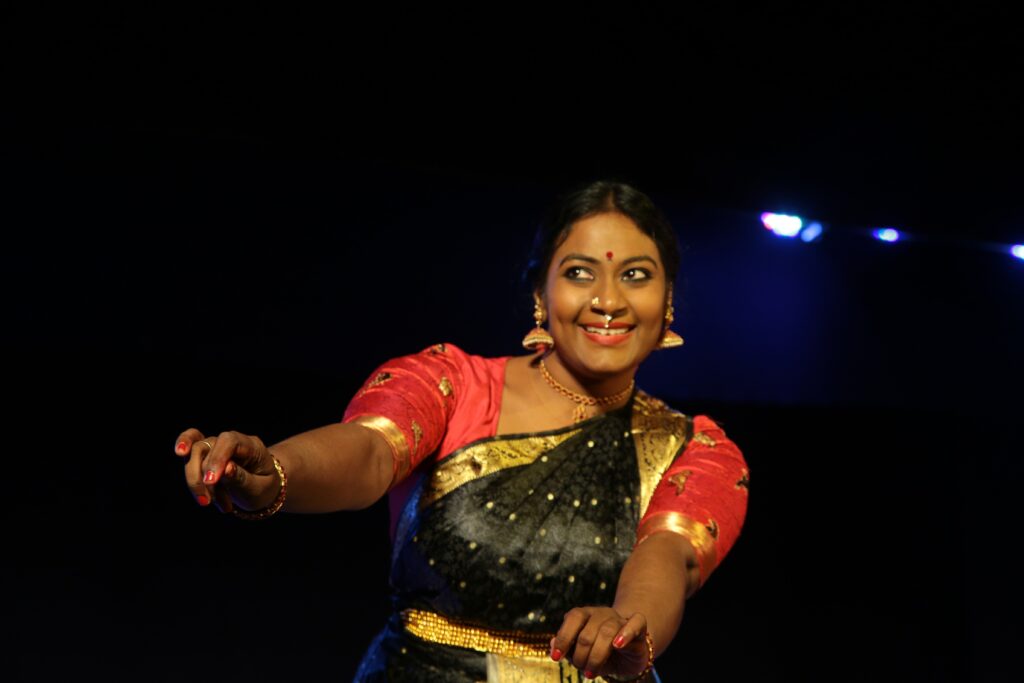
Add to this the complicated stereotypical guru-shishya relationship, where there was a stark caste difference – the guru from the marginalised hereditary dancing community, the shishya, usually a Brahmin whose family provided patronage to the teachers. They controlled the repertoire, costumes, who would dance, where one would dance, etc. One couldn’t completely reject it and neither could also not be a part of it.
As a teenager, I once wrote on the website Narthaki.com, sharing my woes about not being allowed to dance, to which Anita Ratnam, the founder of the website, responded that art is not anyone’s birthright. You need to truly deserve it; you must work hard. The idea of meritocracy and hard work are Brahminical ways of controlling power. When I read history, I understood the problems in this narrative and how the erasure of women from history was a bitter truth for my people.
- You belong to the Nattuvanar-Devadasi lineage of performers and musicians. But history dictates that women from the hereditary dancing community have been alienated from Bharatanatyam dance form. How has your work and your art been influenced by your social identity and where do you find yourself within the contemporary Bharatanatyam scene?
Nrithya Pillai: What I bring to this space is Progressive Revivalism, wherein I want to be able to empower myself and the women from this community. I reject the term classical, it itself has ‘class’ in it. I cannot reverse the revival process, because my ancestors were also a part of it. I would actually ask people to not make this distinction between Sadir (the ancient dance form of Sadir Attam) and Bharatanatyam. Sadir was practised by the hereditary dancing community while Bharatanatyam is its reinvented version, and it was hereditary artistes who taught these people this new artform. Today, many revivalists have appropriated the dance practiced by the hereditary dancing community and received recognition for this reinvention, while the original artists cannot legally practise it. It is a criminal offence for us to practise this artform because of the reform. If the old is yours and the new is yours, where is the place for women like us?
The continuing acts of appropriation such as dressing up as devadasis: one such example would be Vilasini Natyam. Swapna Sundari, who is the creator of Vilasini Natyam – the dance of the Devadasis has been awarded a Padma Bhushan for it, while my people are disenfranchised. Brahmin women continue to make social capital from dancing both the old and the new dance that was and continues to be appropriated from bahujan castes. For women like me, who belong to this community, this artform and our association to it, the history itself is very painful. To see a brahmin dancer practising this artform is painful to me. They continue to celebrate many of our oppressors as the revivalists of Bharatanatyam. When I dance, I take my politics with me, because art is deeply political.
I teach and mentor Bahujan students and push them to pursue the dance form because they have been traditionally denied these opportunities.
I want people who truly understand history and the politics of exclusion to include this artform to their viewership. I also want people who claim to be progressive and are already an audience to Bharatanatyam to reassess who they are watching, their politics, their understanding of right and wrong, of progressiveness, of appropriation, of closing of spaces to indigenous people, says Nrithya Pillai.
- Do you see yourself as part of the anti-caste movement? Who is your desired audience and what do you wish to convey through your work?
Nrithya Pillai: Absolutely. I am anti caste. I would like my Bharatanatyam to be viewed by people from progressive circles. The problem is we have discarded art. I want people who truly understand history and the politics of exclusion to include this artform to their viewership. I also want people who claim to be progressive and are already an audience to Bharatanatyam to reassess who they are watching, their politics, their understanding of right and wrong, of progressiveness, of appropriation, of closing of spaces to indigenous people. I want them to understand that I am a person with my own politics and to enjoy the artform and find my politics through that enjoyment. I believe anybody who wants to dance deserves to get a stage. This is also a callout. Anybody who wants to learn can reach out to me and I will help them find a way.
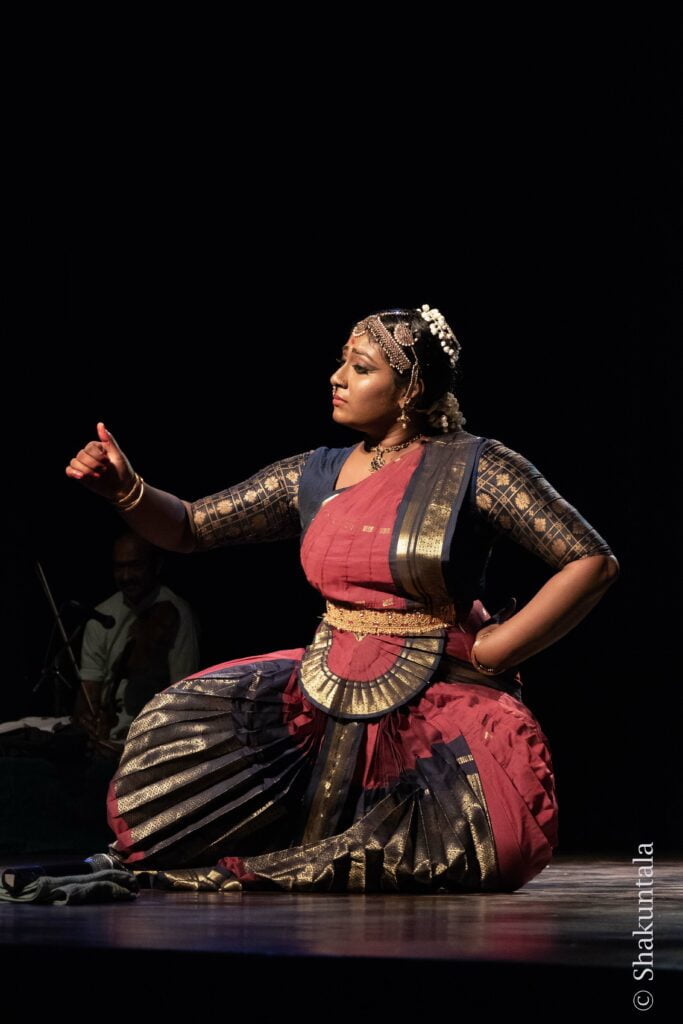
The lack of a nuanced understanding has led me to face continuous rejection from the left, especially the activists who have stringent and sometimes narrow understanding of caste.
I am constantly learning how to reclaim the history and I am in no way, flawless. It is a growing discourse and I am putting in the work.
- You talk about women from the hereditary dancing community having suffered indiscriminately and lead complicated lives today as compared to the men who were still able to find patronage after the abolition of the Devadasi system in 1947, calling it socio-cultural violence against the community. Can you help us understand this better?
Nrithya Pillai: The reform was itself led by patriarchy, as my female ancestors were deprived of their previously held status and rights. The alternative was caste endogamous marriage, an innately oppressive institution, that was used to reinstate their respectability but how could it ever do that when the woman was from courtesan caste and synonymous to being a prostitute?
The Dravidian Movement and influence of Ambedkar, Periyar, and later M. Karunanidhi (who also belongs to my caste location) helped us elevate ourselves through education, and education is important to our community. Yet it has been used again to help us compensate for our past. Somebody as educated as my father continues to believe that marriage is the only way I will be able to find respect. Education, then, loses its purpose because patriarchy still has a hold on us. We are constantly scrutinised for our character. Men suffer too, but they overcompensate by exerting excessive control over women. This notion in Hindu society that women are either naachwali or gharwali dictates that if you come from the naachwali background and you are trying to fit into the role of gharwali, you have to put in much more effort to gain equal respect.
- The caste and class hegemony that the current Bharatanatyam scene is riddled with has shifted not only the context but also the content of the dance form. But you are challenging that in unique ways. Please share your thoughts about the significance of dissent for art and culture.
Nrithya Pillai: What I’m doing today is my activism. For me, it is about justice in terms of historical representation of community of any people and also restoration of the aesthetic that would allow more women from Bahujan castes to be part of this artform.
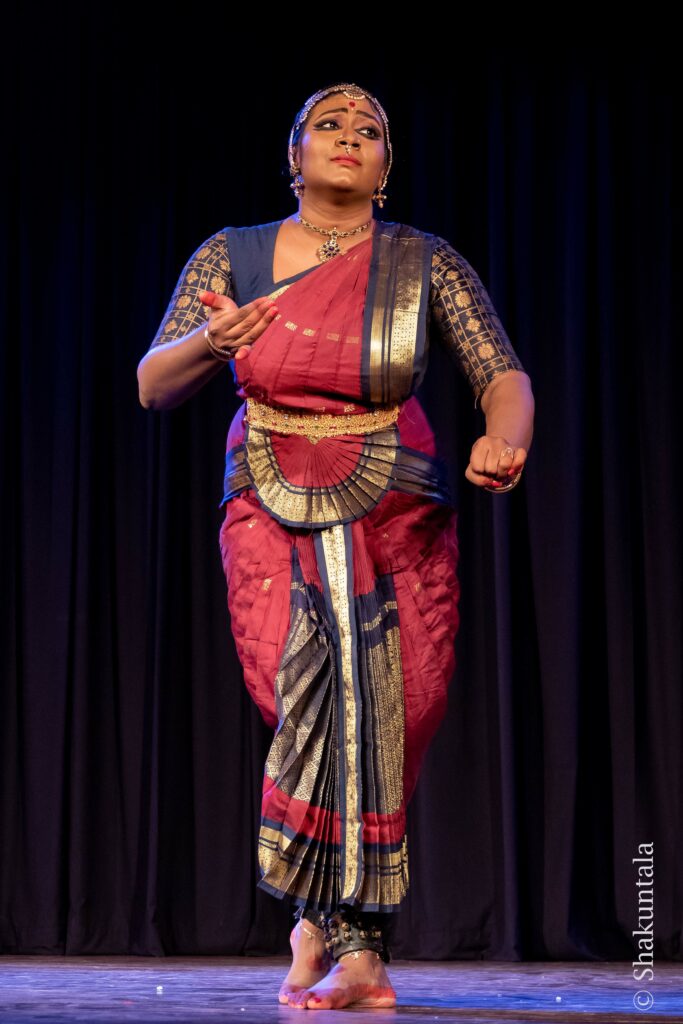
I believe I may be criticised a hundred years from now, but as of now, I believe in what I stand for. I am currently writing a book about the problematic history of Bharatanatyam and where I come from, and I am hoping that I will be able to do justice to my ancestors and their buried, silenced voices.
About the author(s)
Priyanka is an unfulfilled engineer and an MBA graduate from IIM Indore. She is a writer, interested in carving the world through her biased lens, painting pictures with heavy imagery and highlighting the mundane, often ignored, but essential aspects of life. Her latest project is The Mental Indian, an attempt to de-stigmatize mental health in India, through stories, perspectives and conversations.
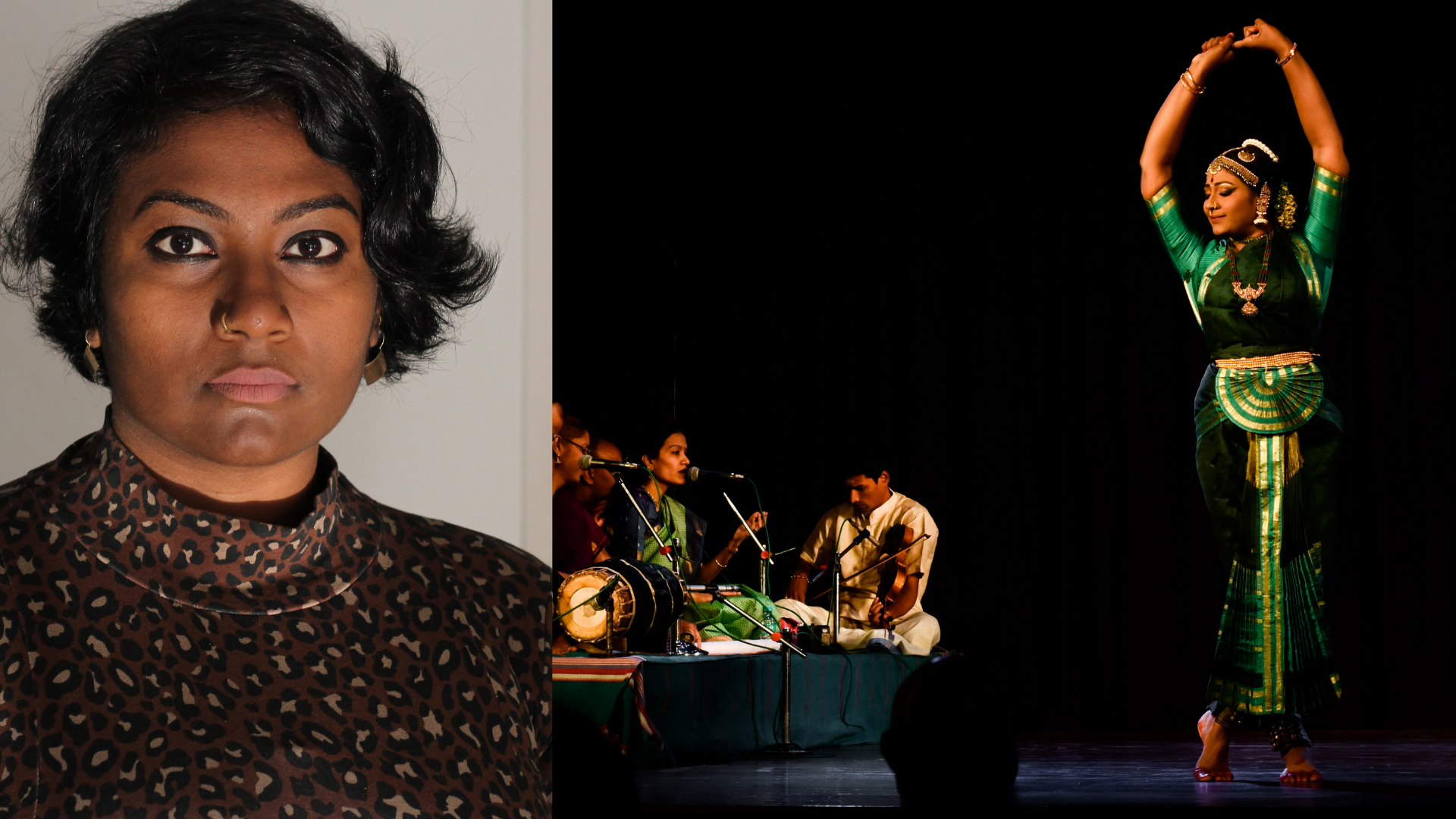




Insightful!
Thank you for sharing.. more power to all the women